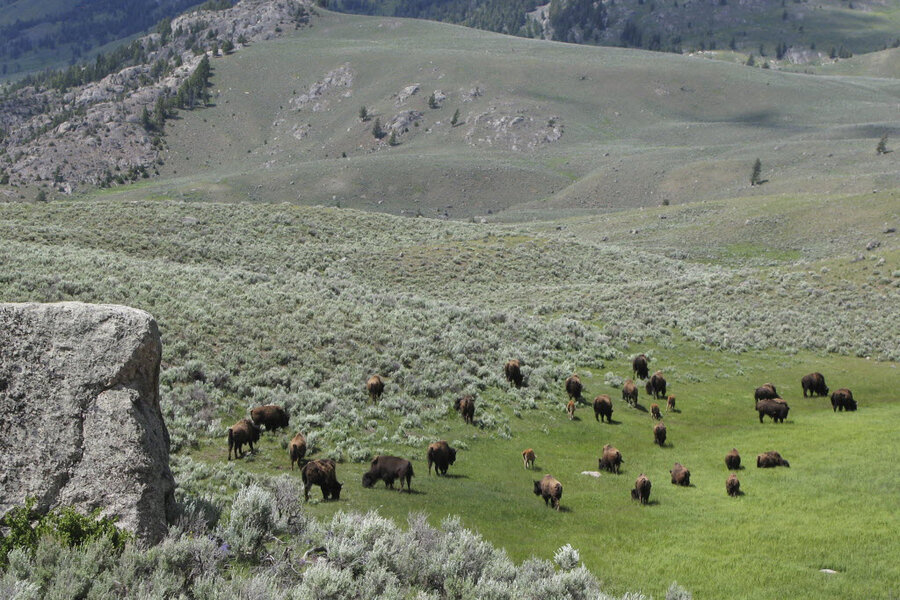Yellowstone readies for safety challenges amid record high visits
Loading...
It’s only October, and more people have already visited Yellowstone National Park this year than ever before.
The park has received more than 3.8 million visitors this year, last month bringing the highest showing than any previous September. Before that, the highest annual record had been for 3.6 million people in 2010, according to the Bozeman Daily Chronicle.
This upswing in traffic has many anticipating that the national attraction will top 4 million visitors by the end of the year.
The park could end up taking in an additional $4.5 million this year from entrance fees, spokeswoman Julena Campbell told Reuters.
But all this also means that officials are bracing for new safety hazards that accompany the unprecedented numbers of people and vehicles, another spokeswoman, Amy Bartlett, told the Chronicle.
Traffic has already surged by 16 percent since last year. And Yellowstone, a park filled with various wild animals and assorted terrains, stretches 2.2 million acres – a formidable logistical challenge in the face of immense crowds.
This year, a handful of tourists were injured by bison as they got too close trying to take pictures, and in August, another man hiking alone off-trail was killed by a grizzly bear.
“Just moving around the park,” you can see how busy it’s become, Ms. Campbell added.
In the next few months, the park’s superintendent Dan Wenk will visit surrounding communities to discuss how to clamp down on peak summer congestion at park entrances and in other areas, she said.
At times, traffic had gotten so bad that parking lots have filled by mid-day, and overflow cars have lined roadsides.
As for why the park has gotten so busy this year, Ms. Bartlett attributed the rise in visitors to a national campaign called “Find Your Park,” which has helped bring record numbers to other parks, including the Grand Canyon.
A drop in gas prices, good weather, and the upcoming National Parks Service centennial have also played a role, though many say even those factors don’t fully explain the huge upswing.
“Some of it we can’t explain,” Bartlett told the Chronicle.
This report contains material from Reuters.






